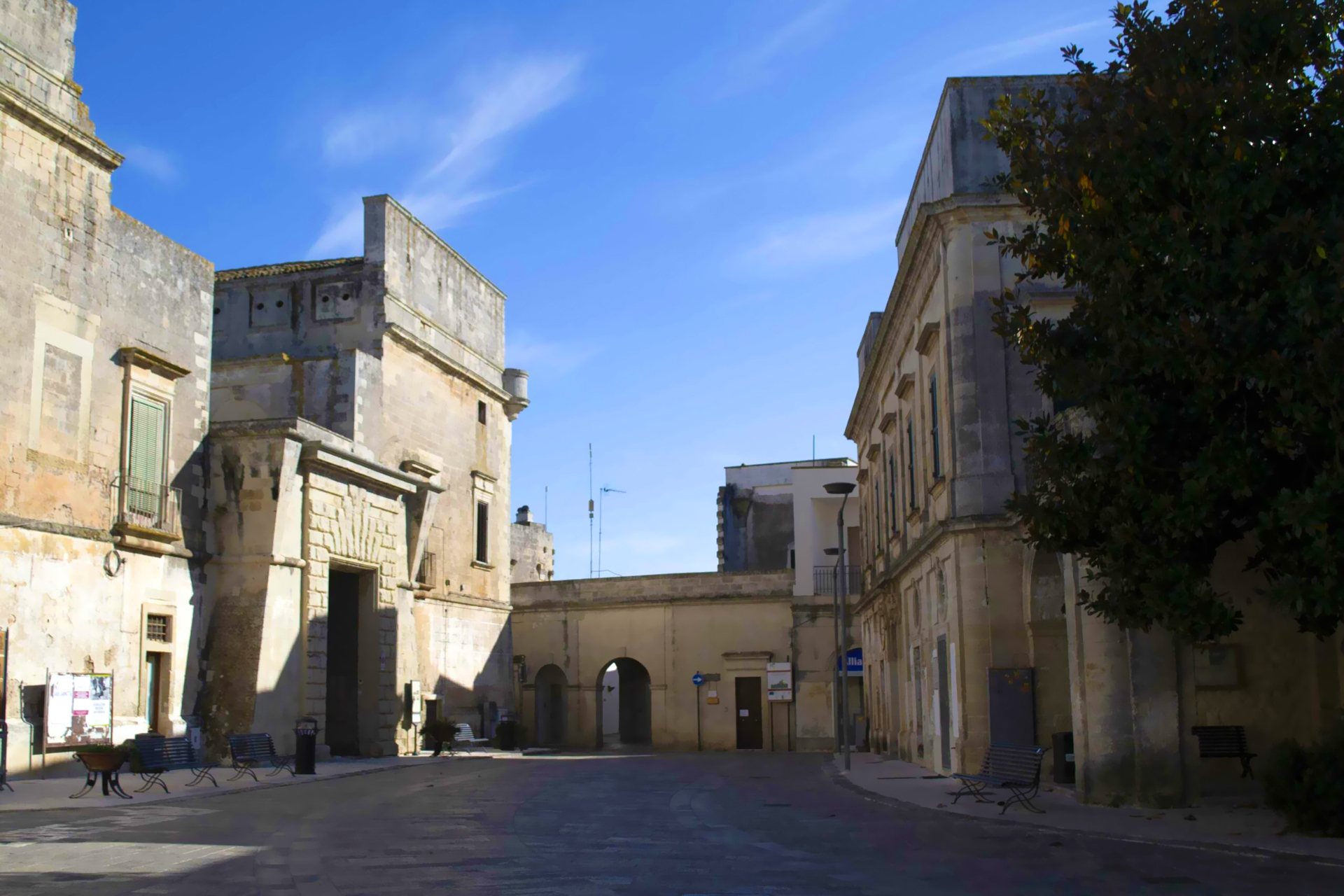Cart
1
Quantity
4,00 €
Product You May Also Like
Payment details
Sub Total
8,00 €
Shipping
Free!
Total
8,00 €
Apply

 Mustaccioli
Mustaccioli




















Leave a comment